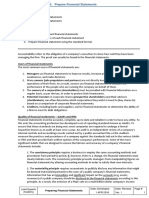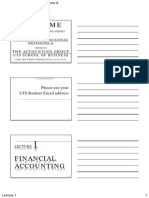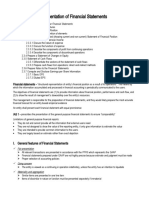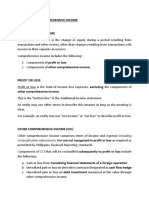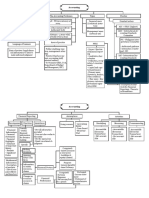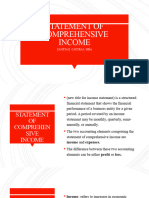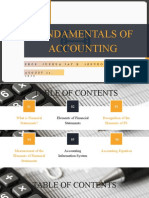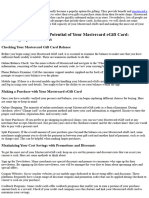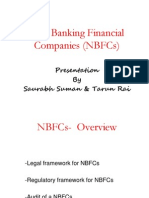0% found this document useful (0 votes)
36 views79 pagesUnit 1
The document outlines the structure and content of the CMA Part 1 and Part 2 exams, detailing the sections and their respective weightings. It provides an overview of key financial statements, including the balance sheet, income statement, and statement of cash flows, along with their components and limitations. Additionally, it discusses the importance of financial reporting and the users of financial statements.
Uploaded by
rishisant21Copyright
© © All Rights Reserved
We take content rights seriously. If you suspect this is your content, claim it here.
Available Formats
Download as PDF, TXT or read online on Scribd
0% found this document useful (0 votes)
36 views79 pagesUnit 1
The document outlines the structure and content of the CMA Part 1 and Part 2 exams, detailing the sections and their respective weightings. It provides an overview of key financial statements, including the balance sheet, income statement, and statement of cash flows, along with their components and limitations. Additionally, it discusses the importance of financial reporting and the users of financial statements.
Uploaded by
rishisant21Copyright
© © All Rights Reserved
We take content rights seriously. If you suspect this is your content, claim it here.
Available Formats
Download as PDF, TXT or read online on Scribd
/ 79











